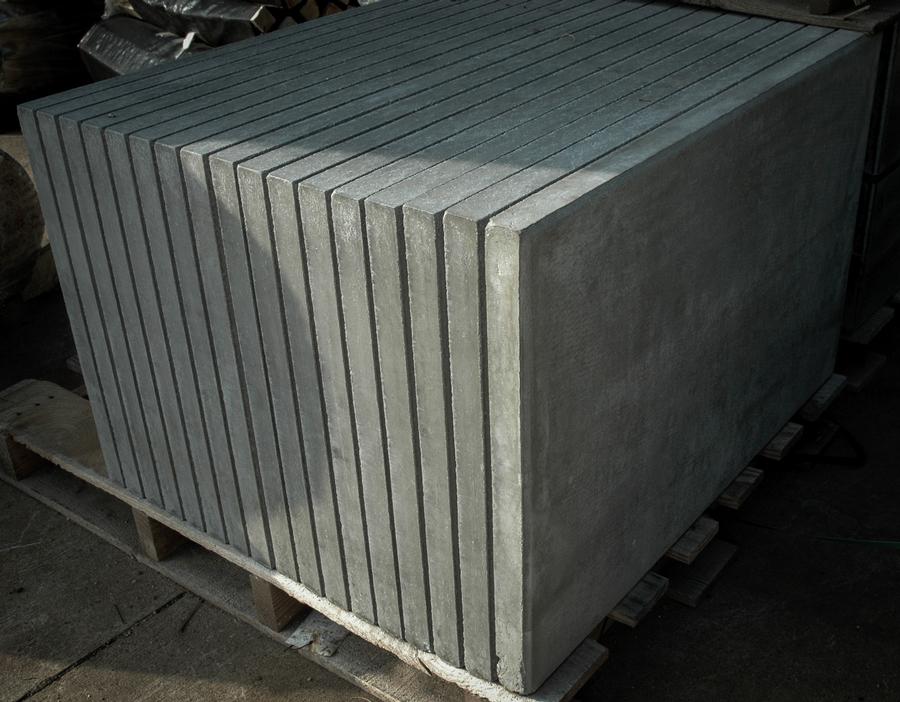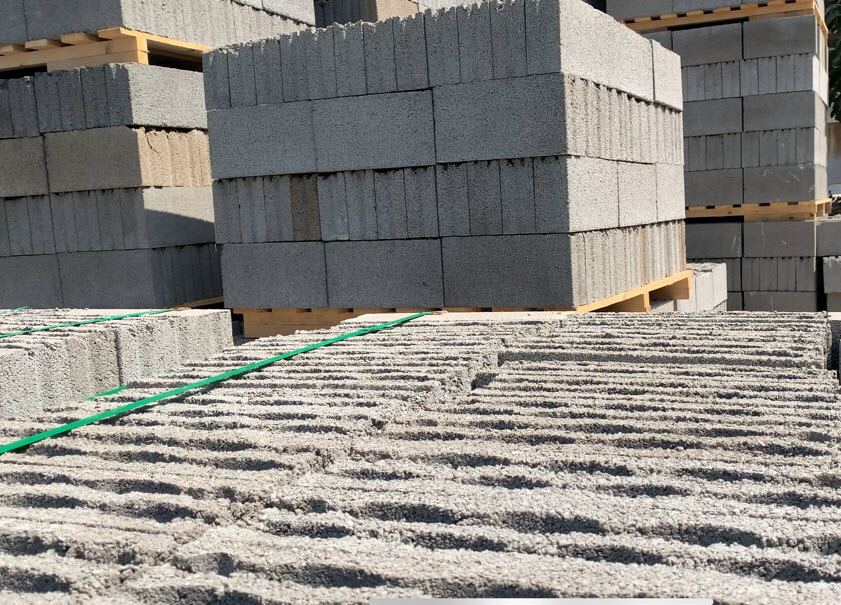
Trying to upgrade from 9.3.0 to 9.3.2, I suddenly get the error message Error: Call to a member function getLabel() on null in Drupal\layout_builder\Plugin\Derivative\FieldBlockDeriver->getDerivativeDefinitions() (line 111 of core/modules/layout_builder/src/Plugin/Derivative/FieldBlockDeriver.php). “The Times 03/Jan/2009 Chancellor on brink of second bailout for banks”.I seem to have some real trouble moving to D 9.3.2. For example, it is known that in the first block mined by Satoshi Nakamoto on January 3rd, 2009, the so-called Genesis Block, Satoshi himself added the following text string: They may also contain other data, such as hashes or text strings. Right now, the Bitcoin protocol allows the miners who succeed in mining a block, to add a coinbase transaction of 6.25 BTC, and this reward is halved every 4 years or so (through halving ).įinally, it must be said that the transactions are in turn data packets, which do not only contain information about the transaction itself, such as sender’s address, recipient’s address, BTC amount, and sender’s signature. This transaction is added by the miners and allows them to create new BTC from scratch as a reward for being able to mine the block. However, Bitcoin blocks also contain a special transaction, the so-called coinbase. Since one is mined every 10 minutes, this means that only a maximum of 3,000 BTC transactions can be confirmed every 10 minutes. This means that usually a single block of the Bitcoin blockchain contains a maximum of 3,000 transactions. In this MegaByte, there is not a particularly high number of transactions: between 2,500 and 3,000. In particular, the Bitcoin blockchain includes blocks that contain a data packet no greater than 1MB, in addition to those that can be added thanks to the SegWit protocol. Since each of these transactions contains the verifiable signature of the public address from which it was generated, the possibility of public verification of the correctness of both the block and all the transactions inserted in it makes the blockchain a ledger of very high reliability. Thus, the mining of a block also means, in addition to the validation of the block itself, the confirmation of the validity of all the transactions contained in it. with a correct and verifiable hash, and with the hash of the previous block inside it. In order to be considered valid, a blockchain transaction must be included in a mined block, i.e. So what do the data packages of the blocks contain besides the hash of the previous block? They contain transactions. To be clear: the activity of validating blocks by calculating the hash is called mining. This means that if someone wanted to change a block, they would have to change all the following blocks and calculate the hash.Ĭalculating the hash is a very expensive task, so it is not convenient to try to edit blocks already confirmed with the hash. It is enough to change even a single piece of data for the hash to change, so once a block with a hash is created, it cannot be changed anymore (otherwise its hash would be incorrect).

Moreover, these blocks are concatenated because the data package of each block includes the hash of the previous block.



Indeed, once this hash is found, the block is added to the blockchain and since they are all public data, anyone can download the data packet included in the block and verify the correctness of the hash. On the bitcoin blockchain, for example, more than 630,000 blocks have been mined in just over 11 years.īlocks are data packets marked with a specific code, called a hash, which allows anyone to verify their authenticity. The blockchain, as the word suggests, is a chain of blocks, but what does the block in the blockchain consist of?


 0 kommentar(er)
0 kommentar(er)
